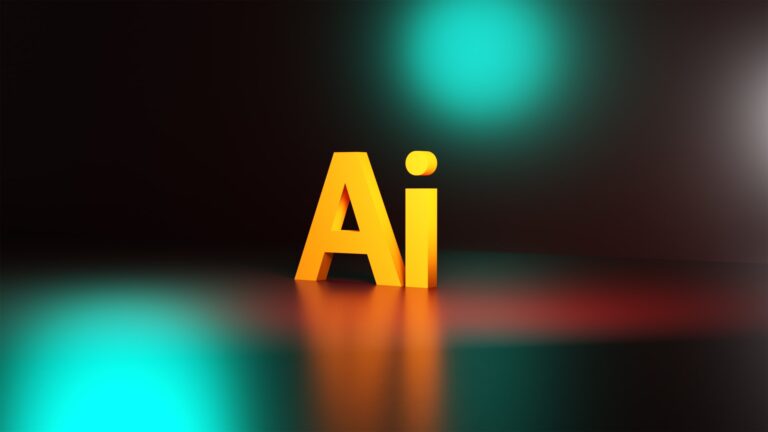Top 8 Advantages And Disadvantages Of Mainframe Computer

What are Mainframe Computers
A mainframe computer is a powerful, high-capacity computer that is used for large-scale computing tasks, such as data processing and enterprise resource planning. It is designed to handle the needs of many users simultaneously and can support hundreds or thousands of concurrent users and transactions.

Mainframe computers are typically used by large organizations, such as governments, banks, and large corporations, to process and manage large amounts of data. They are known for their reliability, security, and performance, and are often used to run mission-critical applications that require 24/7 availability.
In contrast to personal computers or servers, which are designed for individual or small group use, mainframe computers are designed to handle the needs of a large organization. They are typically more expensive and require specialized knowledge and skills to operate and maintain. However, the benefits of using a mainframe computer, such as the ability to handle a high volume of transactions and the ability to support many users simultaneously, make them a valuable resource for large organizations.
Check How Can PC Cleaners Help Extend The Lifetime on Your Laptop?
8 Advantages of Mainframe Computers
Mainframe Computers has many advantages. The best eight are listed below:
Scalability
Mainframe computers can be easily expanded and upgraded to handle increasing workloads and user demand.
High availability
Mainframe computers are designed to have high uptime and can run mission-critical applications 24/7.
Security
Mainframe computers have advanced security features that protect against data breaches and unauthorized access.
Performance
Mainframe computers are known for their fast-processing speeds and ability to handle large amounts of data simultaneously.
Reliability
Mainframe computers are designed to be reliable and can run for long periods of time without experiencing downtime.
Virtualization
Mainframe computers support virtualization, which allows multiple virtual machines to run on a single physical machine, increasing efficiency and resource utilization.
Efficient resource utilization
Mainframe computers can support hundreds or thousands of users and transactions simultaneously, making them more efficient at utilizing resources compared to other types of computers.
Cost-effective
While mainframe computers may have a high upfront cost, they can be more cost-effective in the long run due to their high capacity and ability to support many users and applications simultaneously.
8 Disadvantages of Mainframe Computers
Along with advantages, mainframe computers have some disadvantages also. Here are eight disadvantages of mainframe computers:
High cost
Mainframe computers are more expensive to purchase and maintain compared to other types of computers.
Specialized knowledge and skills
Operating and maintaining a mainframe computer requires specialized knowledge and skills, which can be difficult to find and may require additional training.
Limited flexibility
Mainframe computers may not be as flexible as other types of computers, such as personal computers or servers, which can be easily reconfigured or upgraded.
Large physical size
Mainframe computers are large and require a dedicated room or area to house them, which can be a challenge for smaller organizations.
Limited software support
The software available for mainframe computers is often limited compared to other types of computers.
Limited mobility
Mainframe computers are not portable and are typically stationary, which can limit their use in certain situations.
Limited graphics capabilities
Mainframe computers may not have the same level of graphics capabilities as other types of computers, making them less suitable for certain types of applications.
Power and cooling requirements
Mainframe computers require a lot of power and generate a lot of heat, which can be expensive to manage and may require additional cooling measures.
Types of Mainframe Computers
There are several types of mainframe computers, including:

IBM Z Series
These are the most well-known mainframe computers, produced by IBM. They are used for a wide range of applications, including data processing, enterprise resource planning, and online transaction processing.
UNIVAC Series
These mainframe computers were produced by UNIVAC (Universal Automatic Computer) and were among the first mainframe computers to be used in the commercial market.
Hewlett-Packard NonStop
These mainframe computers are known for their high availability and are often used for mission-critical applications that require 24/7 uptime.
DEC VAX
These mainframe computers were produced by Digital Equipment Corporation (DEC) and were known for their ability to support a wide range of operating systems and applications.
Burroughs Large Systems
These mainframe computers were produced by the Burroughs Corporation and were known for their high reliability and performance.
Sperry/Unisys ClearPath
These mainframe computers are known for their ability to support a wide range of applications and operating systems and are often used in government and financial institutions.
5 Best Uses of Mainframe Computers
Here are five common uses for mainframe computers:

Data processing
Mainframe computers are often used to process large amounts of data, such as customer records, financial transactions, and inventory data.
Enterprise resource planning (ERP)
Mainframe computers are used to manage and coordinate the various functions of a business, such as accounting, human resources, and supply chain management.
Online transaction processing (OLTP)
Mainframe computers are used to process and manage large numbers of transactions in real-time, such as credit card transactions or stock trades.
Data storage and backup
Mainframe computers have high-capacity storage capabilities, making them suitable for storing and backing up large amounts of data.
Running mission-critical applications
Mainframe computers are known for their reliability and performance, making them suitable for running applications that are essential to the operation of a business or organization, such as airline reservation systems or financial systems.
Check Top 8 Laptops That You Need For Gaming and Productivity.
Conclusion
Mainframe computers are powerful, high-capacity computers that are used for large-scale computing tasks, such as data processing, enterprise resource planning, and online transaction processing. They are known for their reliability, security, and performance, and are often used to run mission-critical applications that require 24/7 availability. However, mainframe computers can be expensive to purchase and maintain and require specialized knowledge and skills to operate and maintain.
They may also be less flexible and have limited software support compared to other types of computers. Despite these disadvantages, mainframe computers can be a valuable resource for large organizations due to their high capacity and ability to support many users and transactions simultaneously.






